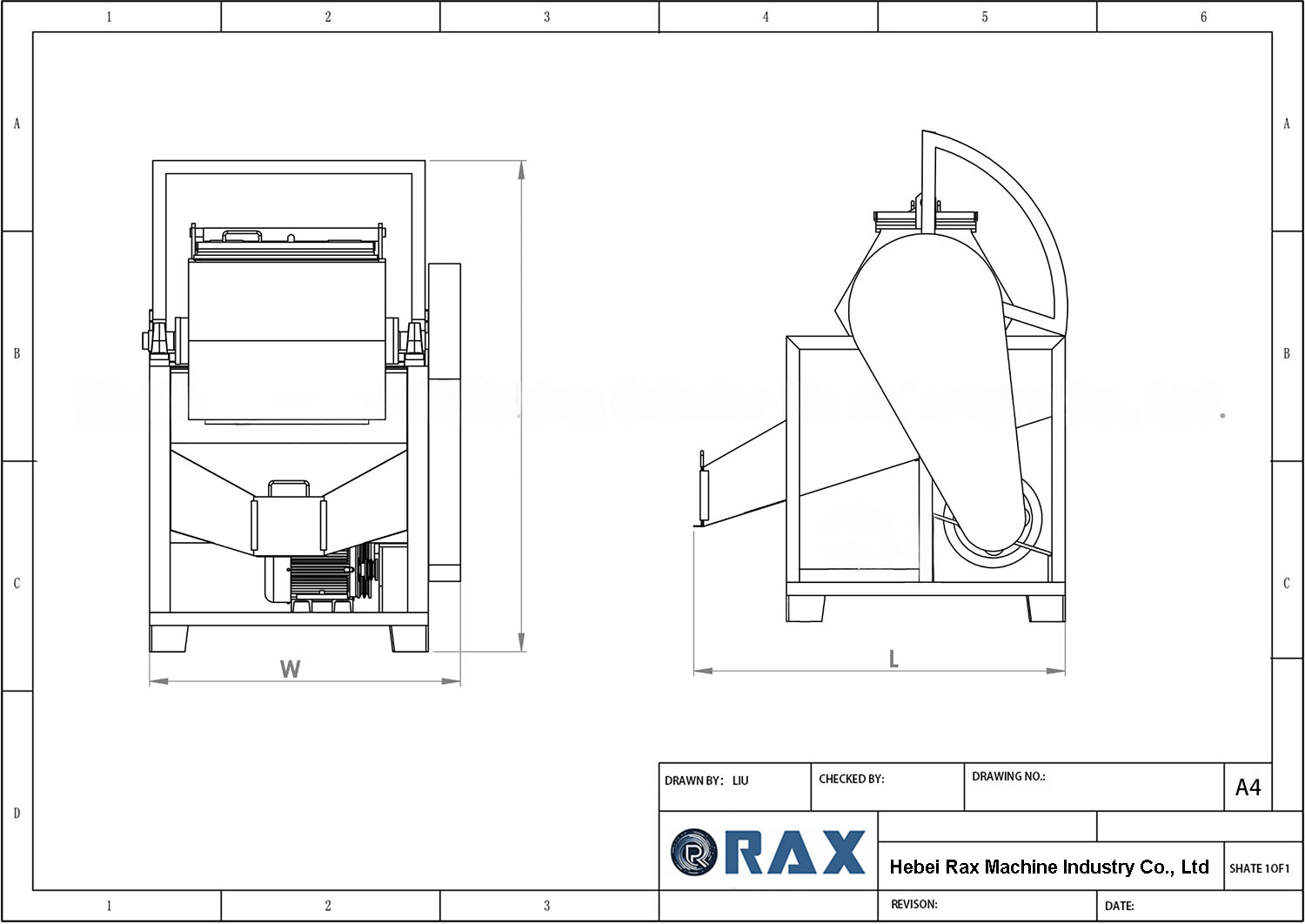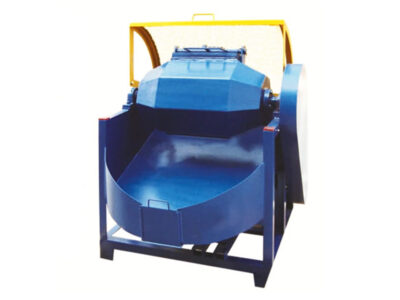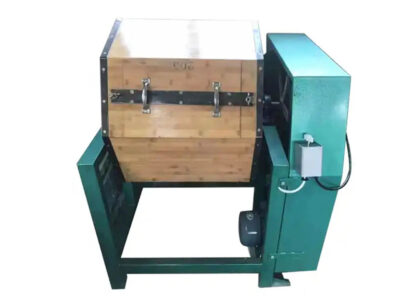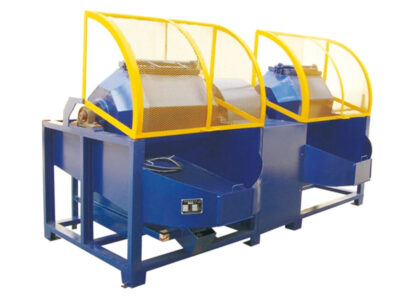Aluminum Composite Panel
Aluminum Composite Panels (ACP) combine a lightweight foam core laminated between two aluminum alloy sheets, creating a three-layer sandwich structure for construction and industrial applications. The outer skins utilize pre-painted aluminum alloys (1100, 3003, or 5005) with thicknesses from 0.1mm to 2.0mm, while the core employs closed-cell foam materials including polyurethane (PU), extruded polystyrene (XPS), polyisocyanurate (ISO), or polyethylene terephthalate (PET) with densities between 28-100 kg/m³.
Standard panels measure 1000-1500mm wide and up to 5800mm long, with thicknesses from 20-100mm. Aluminum surfaces receive various coatings including PVDF, FEVE, or PE applied through roller coating technology, offering finishes from mill finish to wood grain or stone patterns. A 20mm thick panel weighs approximately 5.3 kg/m², significantly lighter than solid aluminum alternatives.
The composite design delivers thermal insulation through low thermal conductivity, moisture and corrosion resistance from aluminum skins, and dimensional stability from the balanced sandwich structure. These properties make ACPs suitable for building facades, interior partitions, roofing systems, cold storage facilities, and marine applications.
Fabrication utilizes standard woodworking or aluminum tools, including Computer Numerical Control (CNC) cutting machines. Panels accommodate cutting, drilling, and forming into curved geometries, with installation through riveting or adhesive bonding and various edge detail options.













